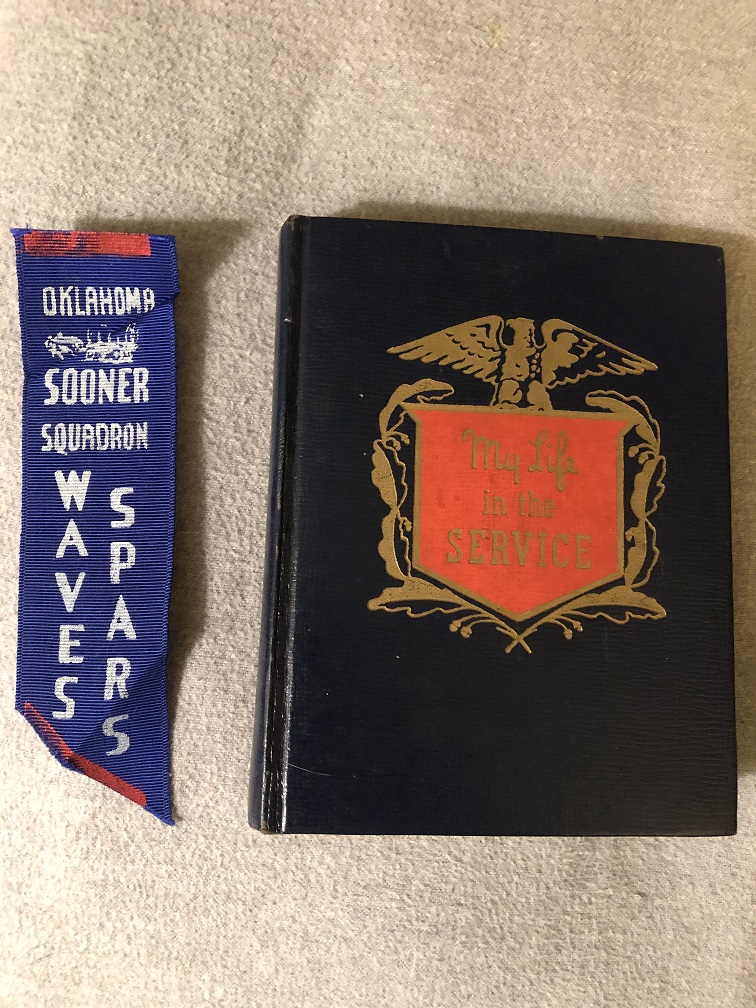
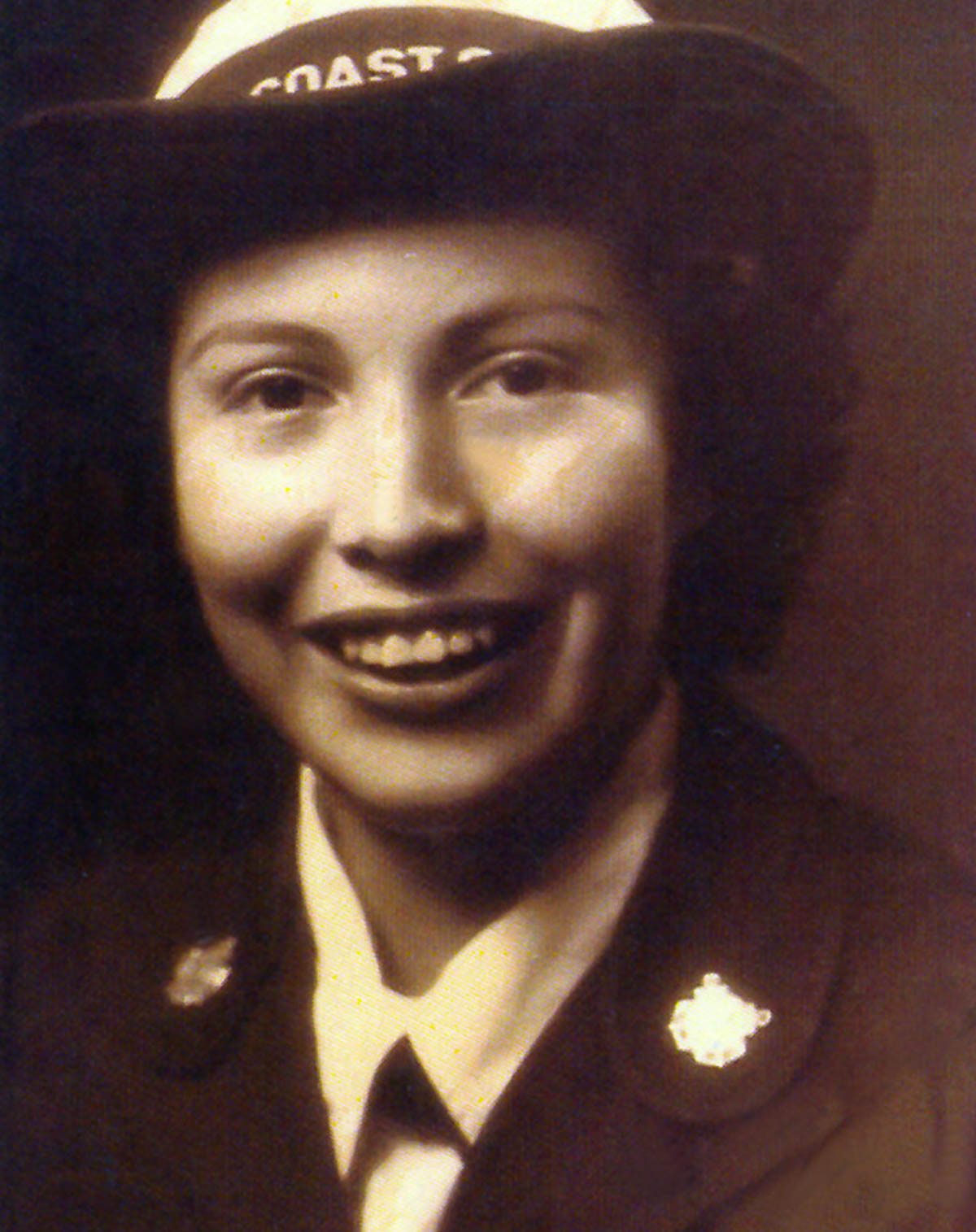 At least six women from Oklahoma’s tribal nations served in the U.S. Coast Guard Women’s Reserves (“SPARS”) during World War II. They enlisted for the same reasons as other American women and performed the same duties, yet newspaper reporters sensationalized their stories with popular culture stereotypes. These SPARS allowed male Coast Guardsmen who were working shore-side to fulfill sea duty. By releasing shore-side Coast Guardsmen for sea duty, these SPARS contributed to the Allied victory.
At least six women from Oklahoma’s tribal nations served in the U.S. Coast Guard Women’s Reserves (“SPARS”) during World War II. They enlisted for the same reasons as other American women and performed the same duties, yet newspaper reporters sensationalized their stories with popular culture stereotypes. These SPARS allowed male Coast Guardsmen who were working shore-side to fulfill sea duty. By releasing shore-side Coast Guardsmen for sea duty, these SPARS contributed to the Allied victory.
Congressional legislation authorized formation of the SPARS on November 23, 1942, and the U.S. Navy initially coordinated recruiting. In April 1943, the Navy looked to landlocked Oklahoma for 100 new SPARS and Navy WAVES, tasking SPAR Ensign Mable Martin with finding them. The former English teacher appealed to state pride. She told reporters “[w]herever they go, Sooners will always make names for themselves, and the ‘Sooner Squadron’ members will be privileged to carry on the tradition of bringing honor to their native state.” Perhaps her more persuasive argument for at least four women was that friends could enlist together, travel together, and attend boot camp together. The first group of women recruits was even honored with fanfare and a parade.
The Sooner Squadron SPARS enlisted women from Oklahoma’s tribal nations, including Otoe-Missouria, Choctaw, Yuchi and Cherokee. All but one attended Indian boarding schools, institutions created to “assimilate” them into European-American culture. The military-like 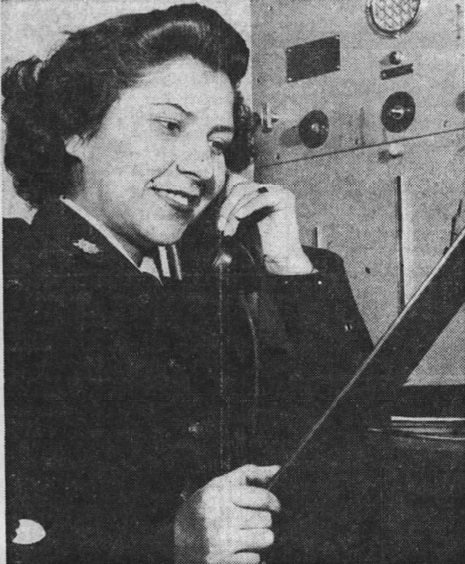 regimen imposed by the Indian schools prepared them well for boot camp at the Palm Beach Training Station.
regimen imposed by the Indian schools prepared them well for boot camp at the Palm Beach Training Station.
Otoe cousins Mildred Cleghorn Womack of Red Rock, Oklahoma, and Corrine Koshiway Goslin from Hugo enlisted together. Seaman Womack was assigned to Coast Guard Headquarters, locating missing Coast Guardsmen for their anxious families. A newspaper story added human interest to Womack’s story by reporting that the granddaughter of an Otoe herb doctor could bead belts and moccasins but preferred military drill. After the war, she attended Oklahoma State University, where she earned a degree in sociology, becoming a social worker for her tribe. An active tribal member, she served on the tribal council, belonged to the Otoe War Mothers, participated in Otoe Veterans activities, and attended pow-wows throughout her life. 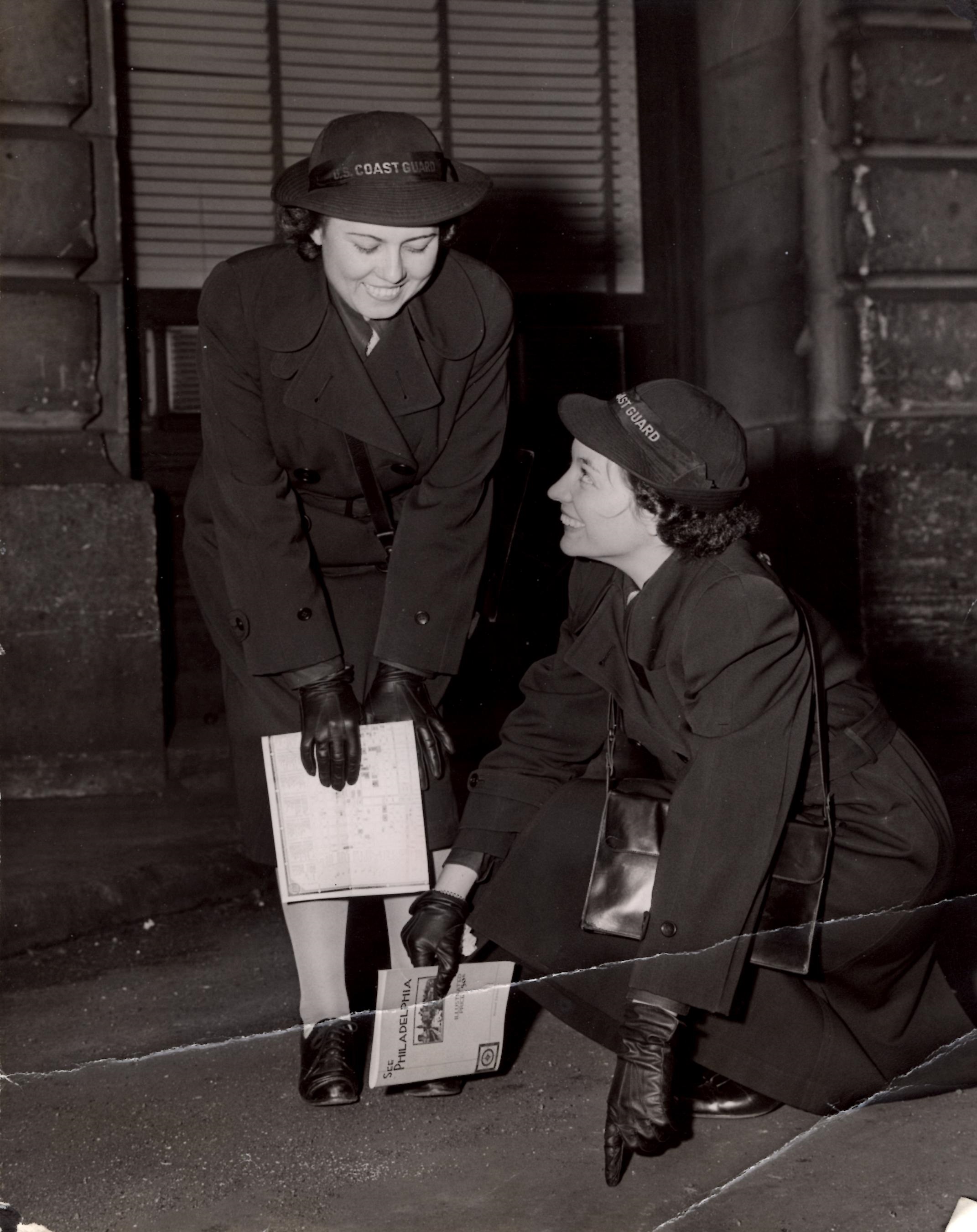
While her cousin’s reasons for enlisting were undocumented, Corrine Goslin joined because her 17-year-old brother was in ill health and could not serve. Additionally, she believed the Coast Guard offered better opportunities than the other women’s military reserves. Educated at the Pawnee Boarding School, Goslin gained secretarial skills afterward at the Haskell Institute. In addition to her yeoman duties at Tampa’s Coast Guard Captain of the Port office, she used a jeep to transport service members. A reporter sensationalized her service by reporting that Yeoman Goslin was “not at all reminiscent of her blanketed forebears.” Proud of her daughter’s Coast Guard service, Goslin’s mother was a founding member of the Otoe War Mothers. Her father commissioned a veterans flag song in her honor, using the Otoe language to tell and preserve the story of her Coast Guard service. After the war, she married another Native American Coast Guard veteran, and the two worked at Bureau of Indian Affairs educational institutions.
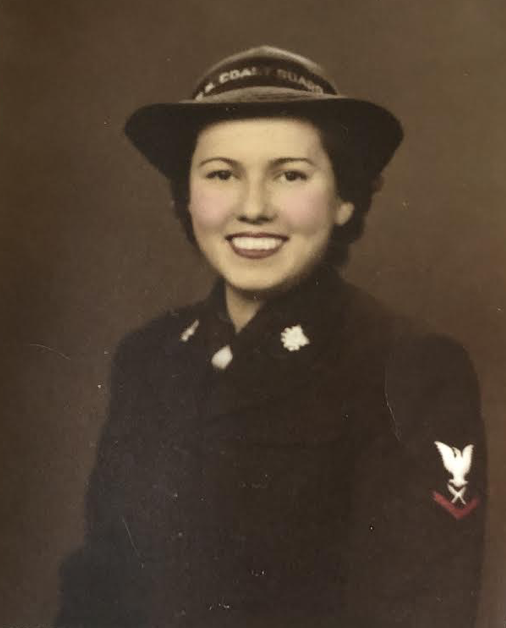 Enlisting together in May 1943, Lula Mae O’Bannon and Lula Belle Everidge, both of Choctaw descent, were childhood friends who met as boarding students at the Goodland Indian School. The two returned there to teach after graduating from Southeastern Oklahoma Teachers College. Their mentor encouraged them to think big, follow their dreams, and consider possibilities outside of Oklahoma. Neither Lula had ever seen the ocean, but they chose the SPARS. After boot camp and yeoman school, the two Lulas were assigned to Philadelphia, living with the rest of the SPARS at the stripped-down and no longer luxurious Benjamin Franklin Hotel.
Enlisting together in May 1943, Lula Mae O’Bannon and Lula Belle Everidge, both of Choctaw descent, were childhood friends who met as boarding students at the Goodland Indian School. The two returned there to teach after graduating from Southeastern Oklahoma Teachers College. Their mentor encouraged them to think big, follow their dreams, and consider possibilities outside of Oklahoma. Neither Lula had ever seen the ocean, but they chose the SPARS. After boot camp and yeoman school, the two Lulas were assigned to Philadelphia, living with the rest of the SPARS at the stripped-down and no longer luxurious Benjamin Franklin Hotel.
Yeoman Lula Mae O’Bannon worked for the distinguished Coast Guard officer and senior captain, Eugene A. Coffin. She and her roommates invited him for a simple dinner in their barracks suite. As he sat down on the loveseat in the sparsely furnished room, it buckled beneath him, mortifying the SPAR roommates. Unruffled by the incident and impressed by her work as well as her demeanor, Coffin recommended her, along with Lula Belle, for officer training. 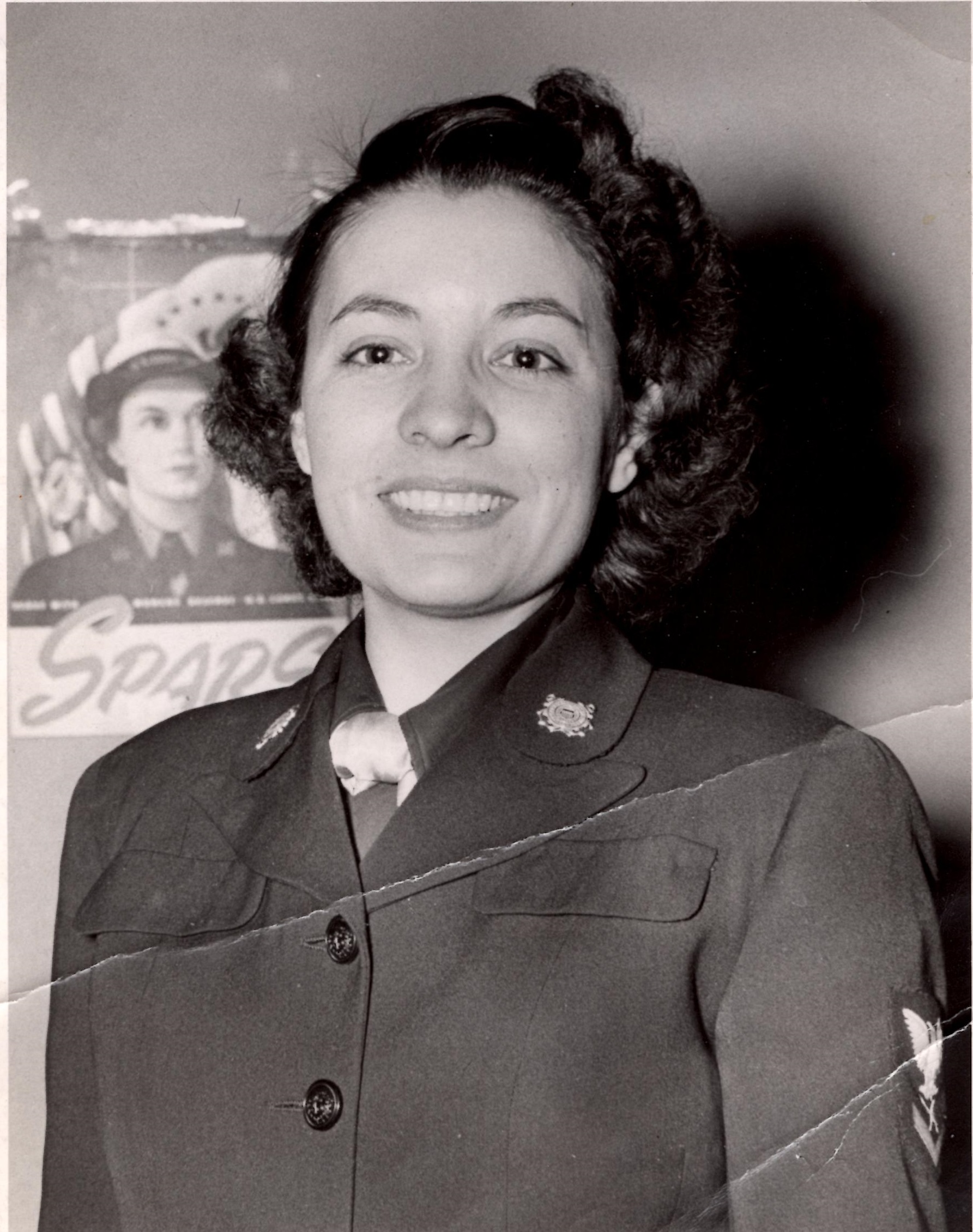
Upon their departure for officer training at the Coast Guard Academy, the press sensationalized them as Indian maidens who figuratively went on the “warpath” against the Axis by joining the SPARS. Described by SPAR officers as “two peas in a pod” in an Academy memorandum, they were very responsible, but too “quiet” to 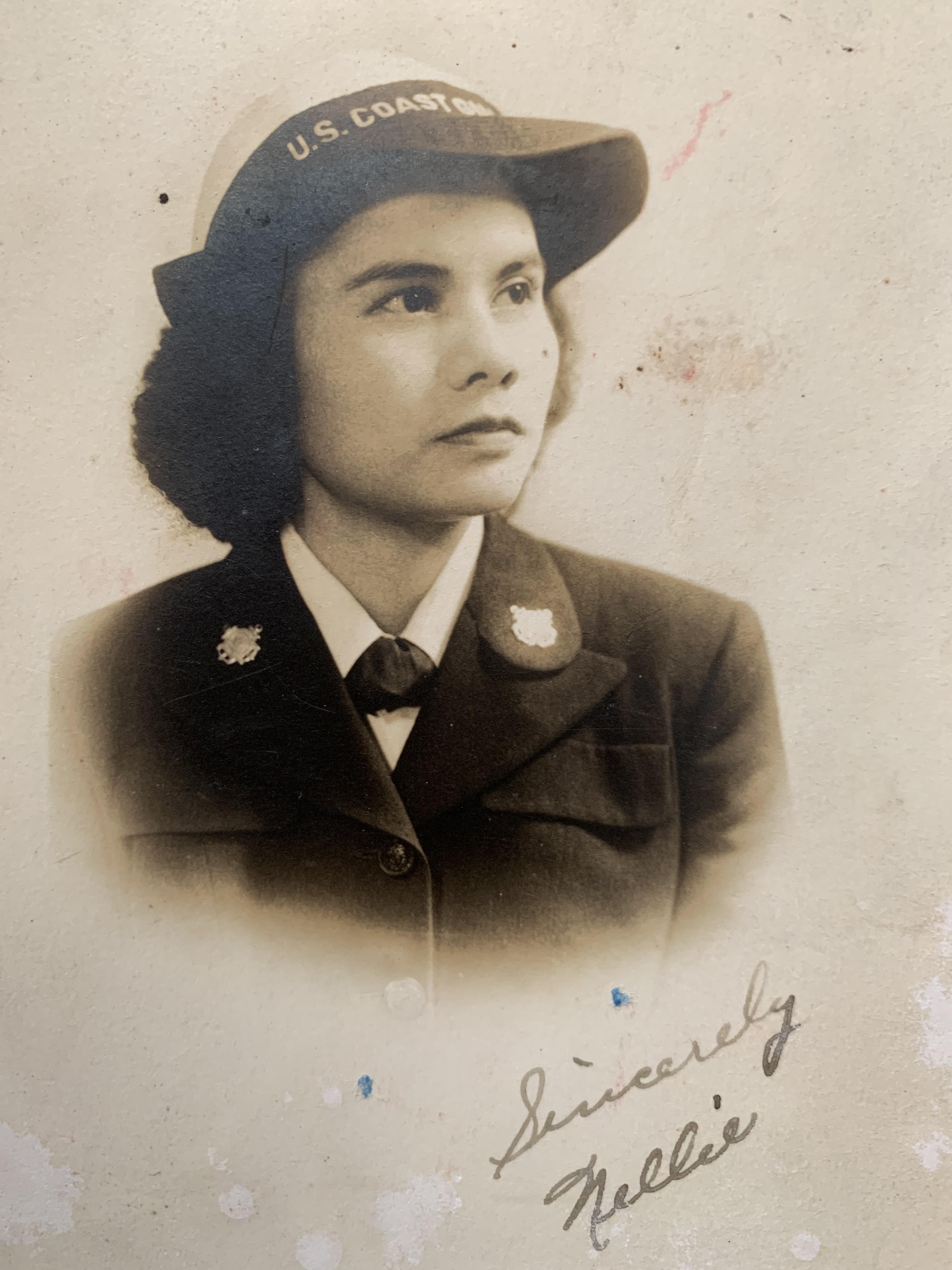 be officers. In the meantime, Captain Coffin was promoted to commodore and transferred to Hawaii. He valued Yeoman O’Bannon’s dependability, so he arranged for her reassignment to his office. She remembered that she “had just arrived in Honolulu...when the Japanese surrendered. There was dancing in the streets, the whole town was celebrating. What a glorious day that was.” After the war, she married a U.S. Army artist she met while in Hawaii, moved to New Jersey, earned a graduate degree in teaching, and enjoyed a long career.
be officers. In the meantime, Captain Coffin was promoted to commodore and transferred to Hawaii. He valued Yeoman O’Bannon’s dependability, so he arranged for her reassignment to his office. She remembered that she “had just arrived in Honolulu...when the Japanese surrendered. There was dancing in the streets, the whole town was celebrating. What a glorious day that was.” After the war, she married a U.S. Army artist she met while in Hawaii, moved to New Jersey, earned a graduate degree in teaching, and enjoyed a long career.
Yeoman Lula Belle Everidge initially served as a typist in Philadelphia. After her Academy experience, she went to Boston, where she interviewed and tested sailors applying for service schools. She could have transferred to Hawaii with Lula Mae, but she was dating a handsome Navy man in Philadelphia. Returning to Philadelphia, she enjoyed working for the district engineer. When the war ended, she used the G.I. Bill to earn her master’s degree, teaching in the Northeast until her retirement. Living to 99 years, 11 months, she was proud of her country and her Coast Guard service. 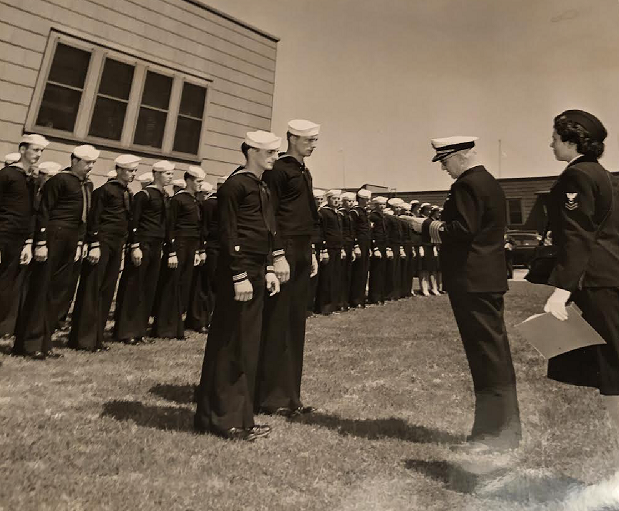
Information about June Townsend Gentry’s service in the Coast Guard is lacking. Newspapers reported that her mother was Yuchi and her father was Choctaw. She attended Oklahoma Presbyterian College for Girls and worked at the Douglas Aircraft Company before she enlisted.
Joining the Coast Guard two months after the initial Sooner Squadron departed for boot camp, Nellie Locust was proud of her Cherokee heritage and the chan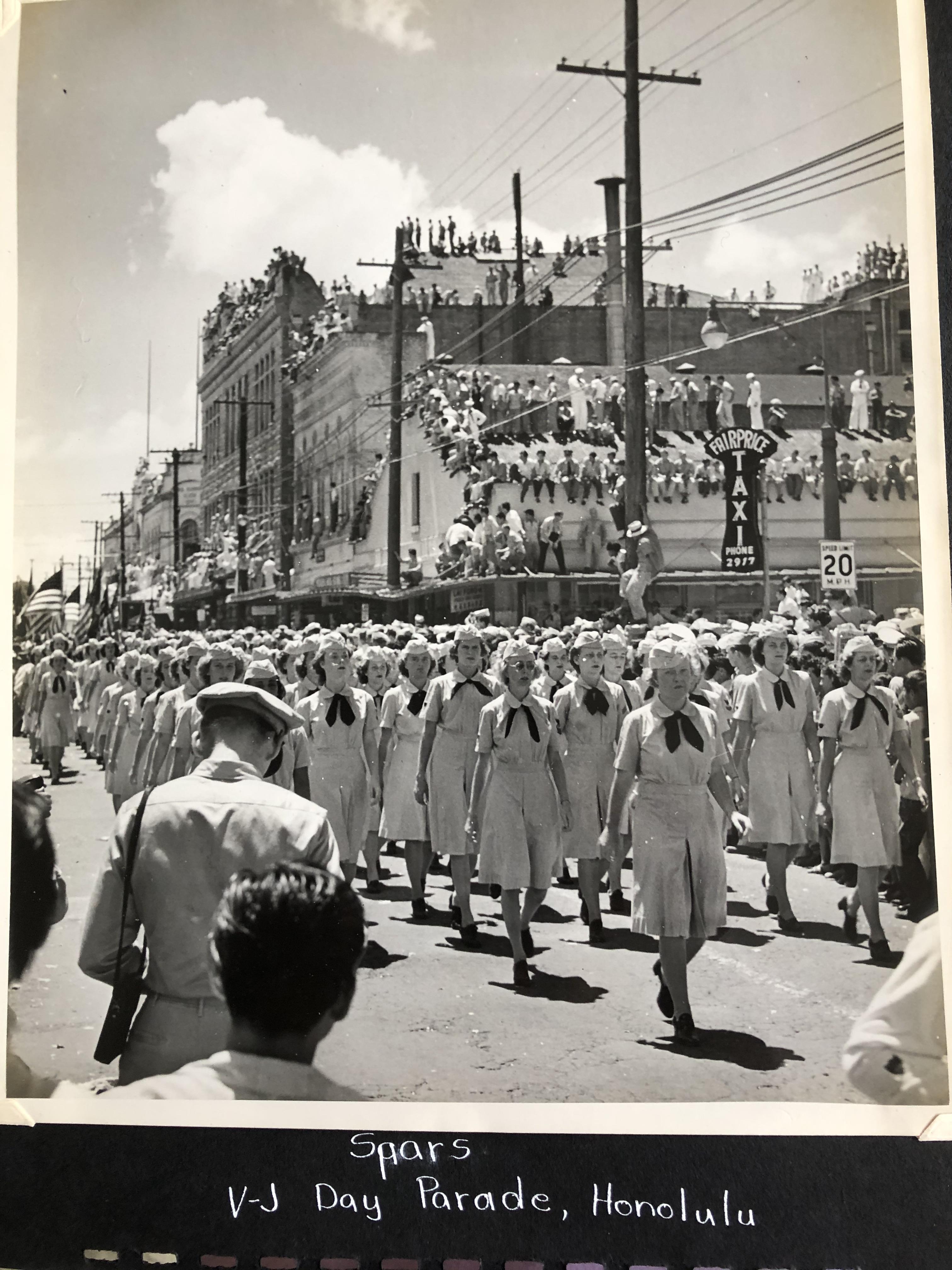 ce to serve. Leaving the family farm to attend Chilocco Indian Agricultural School and the Haskell Institute, she acquired secretarial skills by taking a commercial course. Locust was not the first in her family to serve. Her maternal grandfather served the Union Army in Company C, 3rd Regiment, of the Indian Home Guard Volunteers during what was then called the War of 1861, and her brother was in the Army. She told a reporter, “I’m very proud of the fact that many Indian boys are serving in the armed forces. Several of them have received recognition for bravery in combat overseas.”
ce to serve. Leaving the family farm to attend Chilocco Indian Agricultural School and the Haskell Institute, she acquired secretarial skills by taking a commercial course. Locust was not the first in her family to serve. Her maternal grandfather served the Union Army in Company C, 3rd Regiment, of the Indian Home Guard Volunteers during what was then called the War of 1861, and her brother was in the Army. She told a reporter, “I’m very proud of the fact that many Indian boys are serving in the armed forces. Several of them have received recognition for bravery in combat overseas.”
Yeoman Locust chose the Coast Guard because the SPARS was the smallest organization of the four women’s military reserves. Sensationalist newspaper stories described her as a “Cherokee Princess.” She addressed stereotypes in one article, relating that she learned how Indians were supposed to live from the movies and how “[w]e were even asked, sometimes, whether we were still at war with another tribe.” Nevertheless, the reporter employed stereotypes in the same article by writing that “[t]omahawk and flame tipped arrow have been displaced... by less lethal typewriter and fountain pen.” Yeoman Locust served at the repair base in Fort Pierce, Florida. She later transferred to Miami, working at the Coast Guard identification office in the DuPont Building. A military headstone at her gravesite honors her service.
The SPARS from Oklahoma’s tribal nations were patriotic yet looking for new opportunities. These Sooner Squadron members left their landlocked state, serving their country well as yeomen and seamen in Florida, Washington, D.C. Massachusetts, Pennsylvania, and Hawaii. Their service brought honor to Oklahoma, contributing to victory by releasing shore-side Coast Guardsmen for duty at sea.